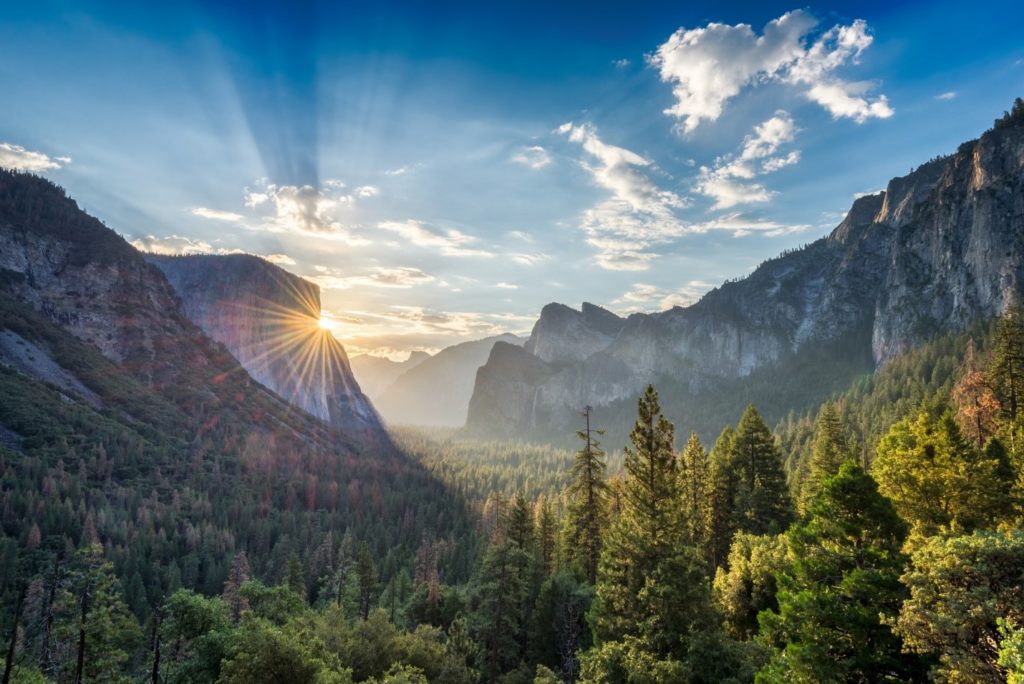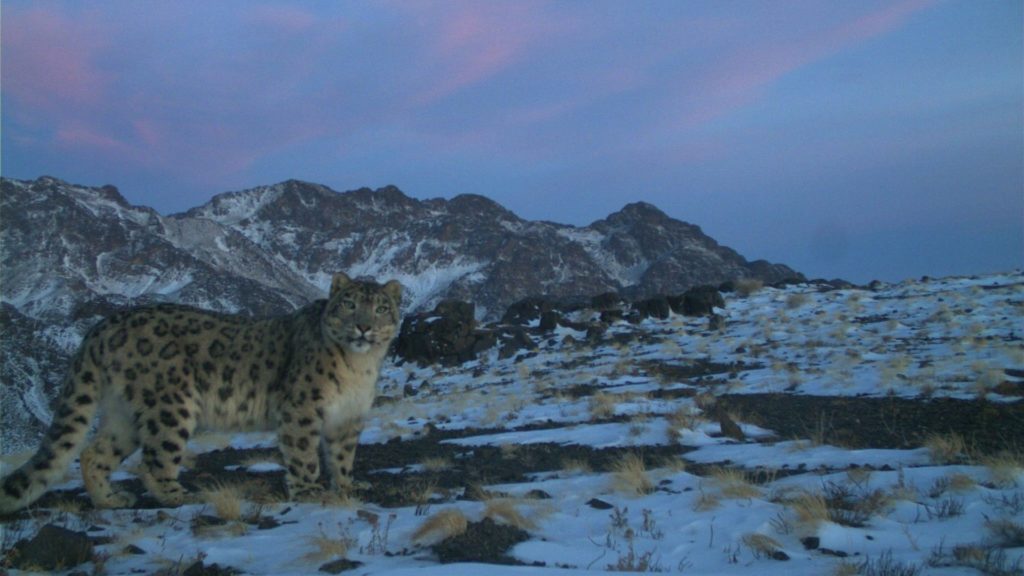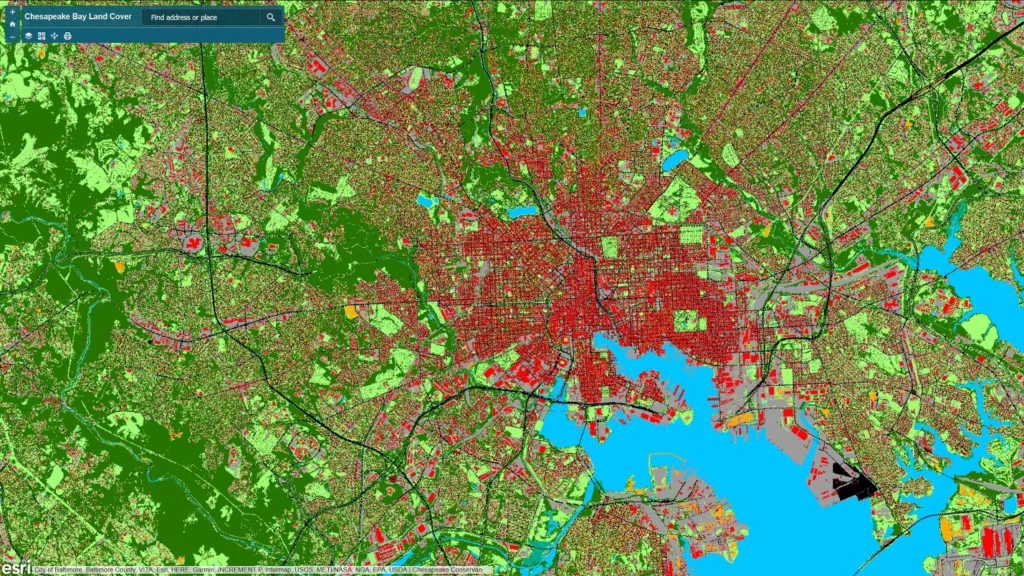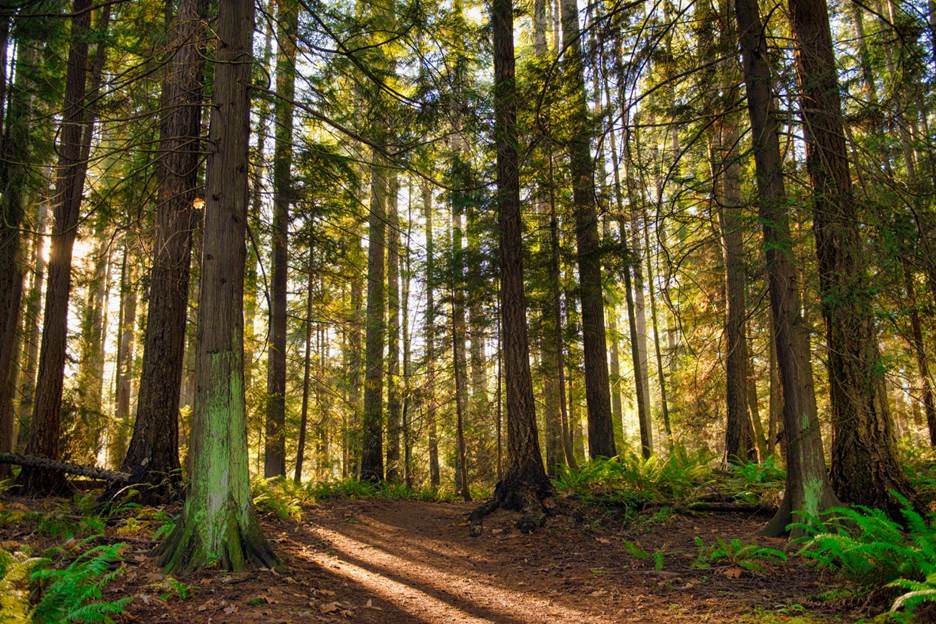How scientists are confronting environmental challenges with the help of AI
World leaders, scientists and conservationists working to protect the planet are looking to artificial intelligence and other advanced technologies to confront environmental emergencies. AI has helped researchers create more precise climate models; farmers achieve higher agricultural yields; ecologists track threatened animals in the wild; foresters and landholders to monitor forests; and policymakers to understand and mitigate the effects of climate change.
The results of broader adoption of AI and its eco–centric applications? The promise of more precise insights and better conservation methods.
Here are four ways AI is part of the solution to pressing environmental challenges.
[Subscribe to Microsoft on The Issues to see how Microsoft is approaching the issues that matter most.]
Counting trees

Using AI and machine learning, SilviaTerra maps and monitors forests, yielding data about trees across the continental United States. The high-resolution, tree-level map of the United States is the first of its kind. It gives conservationists and landowners critical details to sustainably manage forests at a fraction of the time and cost of traditional surveys.
Growing more with less

Farmers face an uphill battle as arable land and water supplies dwindle, while the global population grows. FarmBeats, a program that uses Microsoft’s cloud and AI technologies to help farmers sustainably improve yields and lower costs, evaluates sensor data and aerial imagery against weather forecasts and crop predictions to enable data-driven agricultural practices.
Identifying snow leopards by their spots

Snow leopards are rare, with an estimated population of just 4,000 to 6,000 in the wild, and remote camera trap photography is one of the only reliable ways to study their behaviors. Historically, researchers have sifted through thousands of photos manually to find snow leopard images and use that data to protect the species from poaching, mining, climate change and other threats. Now researchers at the Snow Leopard Trust are using a Microsoft AI automation tool to automatically classify images in minutes rather than hours, combining years of data into a comprehensive database. This allows them to focus on advancing conservation science instead of manually poring through images.
Protecting key watersheds

Scientists are using Microsoft’s AI and cloud technologies to create highly detailed maps to help conserve the world’s water resources. Chesapeake Conservancy, supported by an AI for Earth grant, is working to integrate AI technology to produce high-resolution land cover and land use maps for precision conservations to improve water quality throughout the Chesapeake Bay watershed. With this data, the Conservancy is supporting progress in the restoration of the bay.
Check out the 11 changemakers who received 2018 Microsoft and National Geographic AI for Earth Innovation Grants. And follow @MSFTIssues on Twitter.








